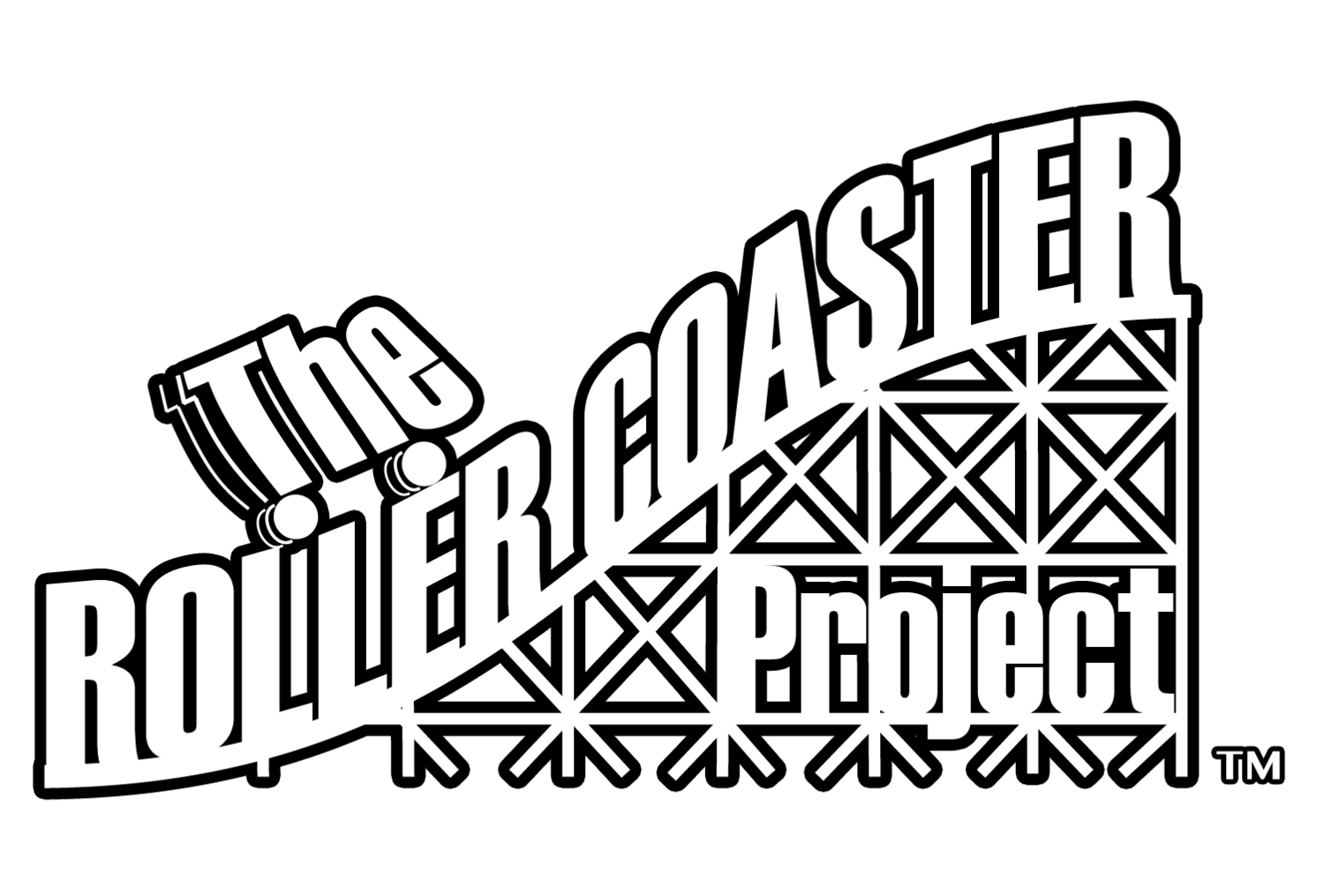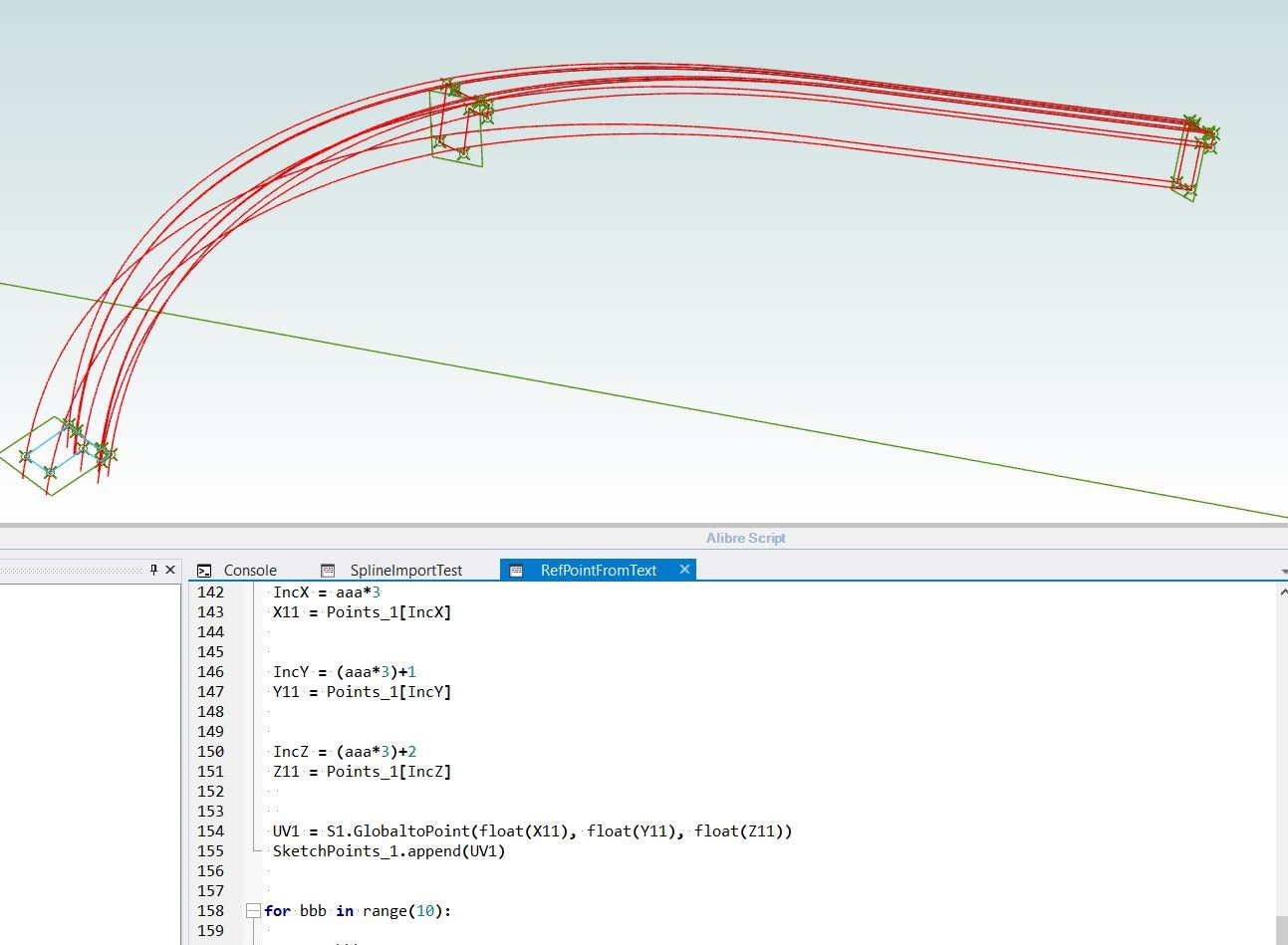Ride Updates and Programming Struggles
/Though it’s been a while, a lot has been going on in the background. The ride test has morphed into a full circuit design to test a few different things. With a complete circuit ride, station braking, chain lift, and trimming can be applied.
Being that the ride needed some completion, the centerline was redone through a new quick method. Basically, when a ride manufacturer contracts companies like Stengl or Ride Centerline to produce layouts, there are a few options presented. For a lower price, simple CAD sketching is created and internal programs verify that curves don’t exceed design allowances. To put it simply, I created a program to generate the same. Being that this is a test to prove concept, the ride design approach works.
A quick program count: acceleration design program, shaping design program, and sketch driven design program. These programs are math based, i.e. Matlab scripts. Scripting in Matlab is highly intuitive, and for someone with limited programming experience it was nearly seamless.
Now, Matlab is only half the battle in terms of ride production. From the math programs, I end up with raw data and tabulated coaster values. These coaster values are usually submitted to government organizations or 3rd parties to verify work. Again, these rides are designed to mimic real ride development. The raw coaster values; however, need to be sifted through to produce 3D models and layouts for further development. This is where the other programming comes in…
I model the full rides in Alibre Design. One benefit of Alibre is their open scripting backed by Python. Free is the key. However, Python is widely used and readily available, but my experience is that it is finicky at best. The language is not nearly as intuitive as others I’ve tried, and the error explanations are stroke inducing.
So… David spends more time and learns more programming to save a shitload of time on the backend. Needless to say, even though I clearly have said it, I created programs to take raw coaster data and produce models in roughly 30 seconds. Whoop!
With a full arsenal of design and modeling programs, ride development will be accelerating and soon we will see some cars rolling around the track. Furthermore, the completed “version 1” of the ride vehicles will be made and assembled. These vehicles incorporate weights into the assembly bringing a five car train to roughly two pounds…it’s getting heavy.
More to come soon! In the mean time, checkout the shop or the Etsy store for a way to make your desktop unique.









